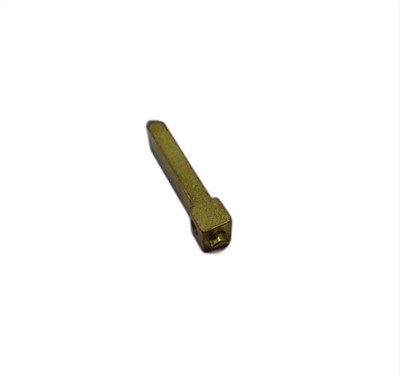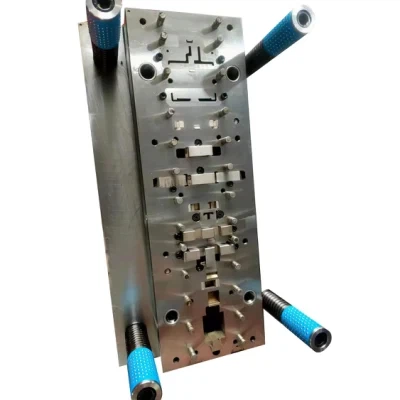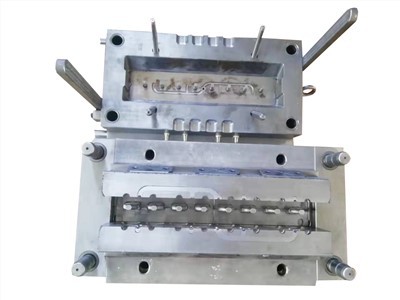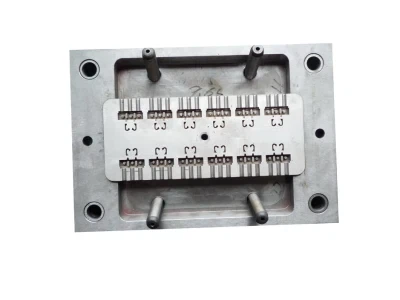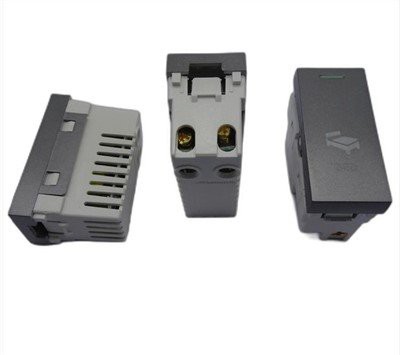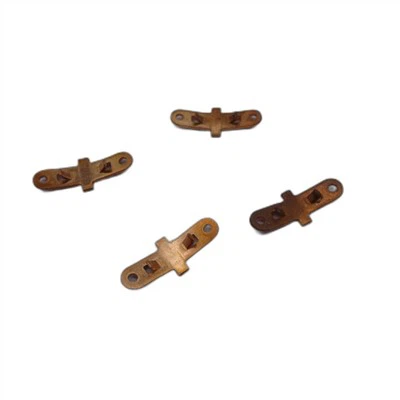Evaluation Criteria For Defects Of Stamping Parts
1. Cracking
Inspection method: visual evaluation criteria:
Type A defects: cracks that can be noticed by users without training. Stamping parts with such defects are unacceptable to users, and stamping parts must be frozen immediately after discovery.
Type B defects: Visible and determinable micro cracks. Stamping parts with such defects are not acceptable in Zones I and II. Repair welding is allowed in other areas, but the repaired parts are not easy to detect by customers and must meet the stamping requirements. Repair standards for parts.
Type C defects: defects that are ambiguous and determined after careful inspection. The stamping parts of this type of defect are repaired within Zone II, Zone III, and IV, but the repaired parts are not easy to detect by customers and must meet the requirements of stamping parts. Rework standard.
2. Strains, coarse grains, and dark injuries
Inspection method: visual evaluation criteria:
Type A defects: untrained users can also notice strains, coarse grains, and concealed injuries. Stamping parts with such defects are not acceptable to users, and stamping parts must be frozen immediately after discovery.
Type B defects: Visible and definable minor strains, coarse grains, and dark scratches. Stamping parts with such defects are acceptable in zone IV.
Type C defects: slight strain, coarse grains, and dark damage. Stamping parts with such defects are acceptable in zone III and IV.
3. Flat pond
Inspection method: visual inspection, whetstone polishing, touching, oilingEvaluation criteria:
Type A defects: It is a defect that users cannot accept, and users without training can also notice that stamping parts must be frozen immediately after such a collapsed pool is discovered. Type A flattened stamping parts are not allowed to exist in any area.
Type B defect: It is an unpleasant defect. It is a definite pit that can be felt and visible on the outer surface of the stamping part. This type of defect is not allowed on the outer surface of the stamping part I and II. Slumped pond.
Type C defects: These are defects that need to be corrected. Most of these collapsed ponds are in an ambiguous situation and can only be seen after the oilstone is polished. This type of stamped parts of the flat pond is acceptable.
4. Waves
Inspection method: visual inspection, whetstone polishing, touching, oilingEvaluation criteria:
Class A defects: Users who have not been trained in stamping parts Ⅰ and Ⅱ can also notice this type of wave, but the user cannot accept them, and the stamping parts must be frozen immediately after discovery.
Type B defects: This type of wave is an unpleasant defect. The tangible and visible waves in the stamping parts I and II need to be repaired.
Type C defects: defects that need to be corrected. Most of these waves are ambiguous and can only be seen after the oilstone is polished. Such wave stamping parts are acceptable.
5. Flanging, uneven trimming and shortage
Inspection method: visual inspection, touch evaluation criteria:
Type A defects: Any irregularities and shortages of flanging and trimming of the inner and outer cover parts affect the quality of the undercut and the unevenness and shortage of the welding overlap, which affects the welding quality. It is unacceptable. It must be corrected immediately after discovery. The stamped parts are frozen.
Type B defects: visible and definite flanging, unevenness and shortage of edges that have no effect on the undercut, welding overlap and welding quality. Stamping parts with such defects are acceptable in Zone III and IV.
Type C defects: Slight flanging, uneven trimming and shortage have no effect on the quality of undercut and overlap welding. Stamping parts with such defects are acceptable.


